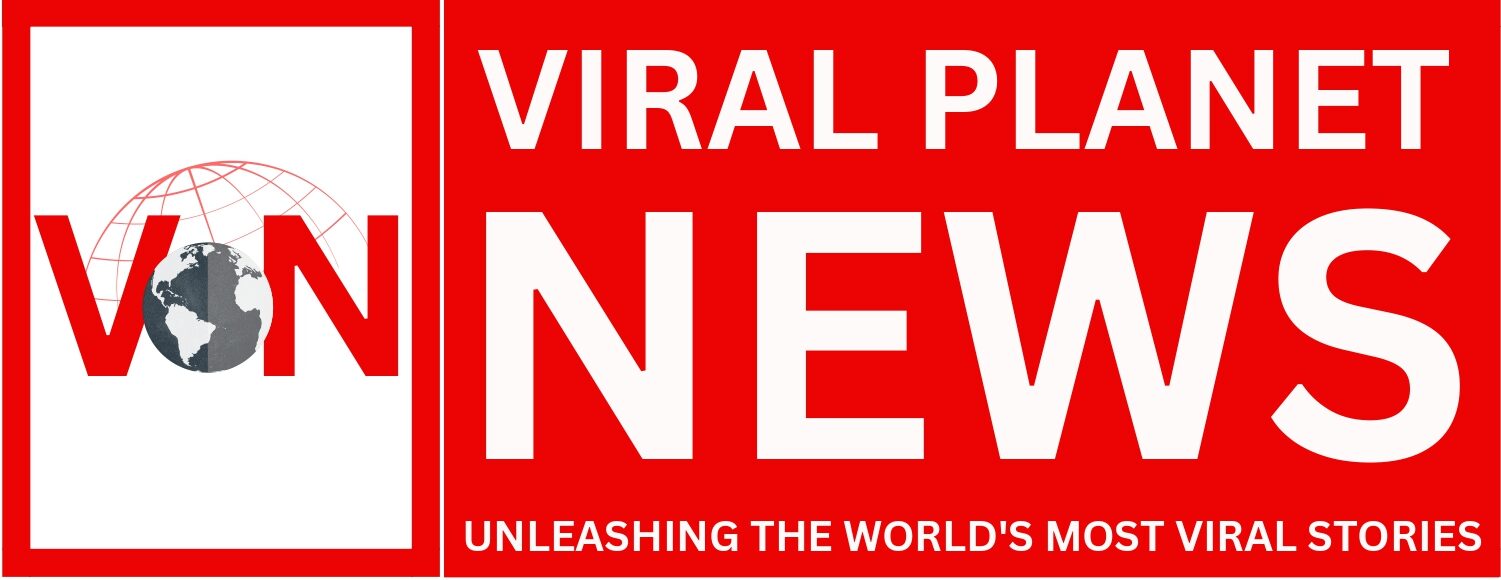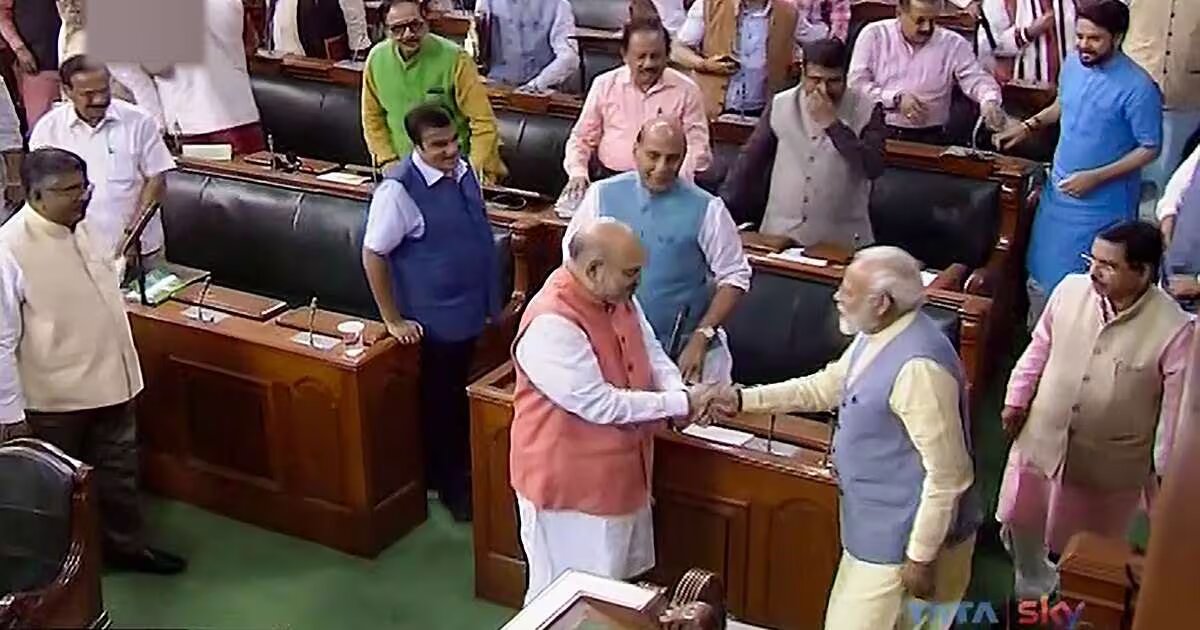By – Shunhendra Singh Rajawat
On August 5, 2019, Article 370 was repealed, putting an end to India’s protracted insecurity.
Prior to August 5, 2019, the fracture line in Jammu and Kashmir generated by Article 370 was a 70-year-old vulnerability of India that has been diplomatically exploited by the international community—friends and rivals alike.
Because Article 370, a temporary provision in the Indian Constitution, gave the impression that the former state of Jammu and Kashmir, which included Ladakh, now a separate Union territory, was not fully integrated with India, the issue had become a diplomatic lever for friends and foes to extract various concessions from beleaguered India. What began as India’s intention to seek UN assistance to resist Pakistan’s invasion of Kashmir in 1947-48 quickly devolved into a full-fledged India-Pakistan squabble, which Pakistan and its then-allies used to isolate India globally.
A former foreign secretary compared it to a burglary that devolved into a homeowner-thief confrontation. This problematic piece has several effects, including the radicalization of religion in J&K since the 1990s and the Islamic jihad waged in the guise of the liberation movement and organized by the Pakistani deep state. Fear was spread among security forces as a whole as a result of the media’s portrayal of ardent Afghan war veterans operating in the Valley.
Prior to 2019, Pakistan utilized this article, with the assistance of the Left-Liberal media, to persuade the global audience that J&K was the unfulfilled portion of the two-nation theory that founded India and Pakistan on the basis of religious denomination. Various solutions, such as the “Chenab” and “Jhelum” formulas, were floated by Western think tanks with vested interests to ostensibly resolve the Kashmir issue, to the point where Pakistan dictator Gen Pervez Musharraf was convinced that India, led by Atal Bihari Vajpayee, would deal with the Valley, which he called a “core issue,” during his July 2001 visit to Agra.
Musharraf, like those before him, referred to Kashmir as Pakistan’s “jugular vein” (Shahrag) in an effort to describe its use of armed Islamic jihadists to coerce India into giving up Kashmir. Islamabad’s demands were reinforced by the needs of then-US authorities to indulge Pakistan in Kashmir in order to keep their calculations regarding Afghanistan from going astray. Junior US diplomats used to lecture India on Kashmir and human rights during this time, with the help of some Indian and international media.
However, the West, especially the US, UK, and Germany, remained silent regarding the cross-border terrorism carried out by Pakistan in J&K up to that point. On December 13, 2001, the Indian Parliament was the scene of the Jaish-e-Mohammed attack and the 9/11 terror strikes. However, the situation changed following the heinous Lashkar-e-Toiba attack on the army camp in Kaluchak in May 2002 from a base in Pakistan, as India was about to breach the border to give Pakistan a military lesson.
The new map defining the geographic borders of both the Union Territories of Jammu & Kashmir and Ladakh was published after Article 370 and Article 35 A were repealed. This marked the end of the Kashmir saga for Prime Minister Narendra Modi and Home Minister Amit Shah. The Shaksgam Valley, which Pakistan illegally gave to China in 1963, the Northern Areas, Aksai Chin, which China has been occupying since the 1950s, and Pakistan-occupied Kashmir are all included on the revised map of the two UTs.
As the UT is irrevocably incorporated into India, even on legal paper, hardly one brings up Jammu and Kashmir when External Affairs Minister S Jaishankar makes bilateral and multilateral visits overseas nowadays. Although there are still terrorist strikes in J&K that are funded by Pakistan, the frequency has decreased because politicians in Islamabad and generals in Rawalpindi fear reprisals from Modi’s India. In Pakistani Prime Minister Shehbaz Sharif’s most recent peace initiative, the word “Kashmir” is not even included.

